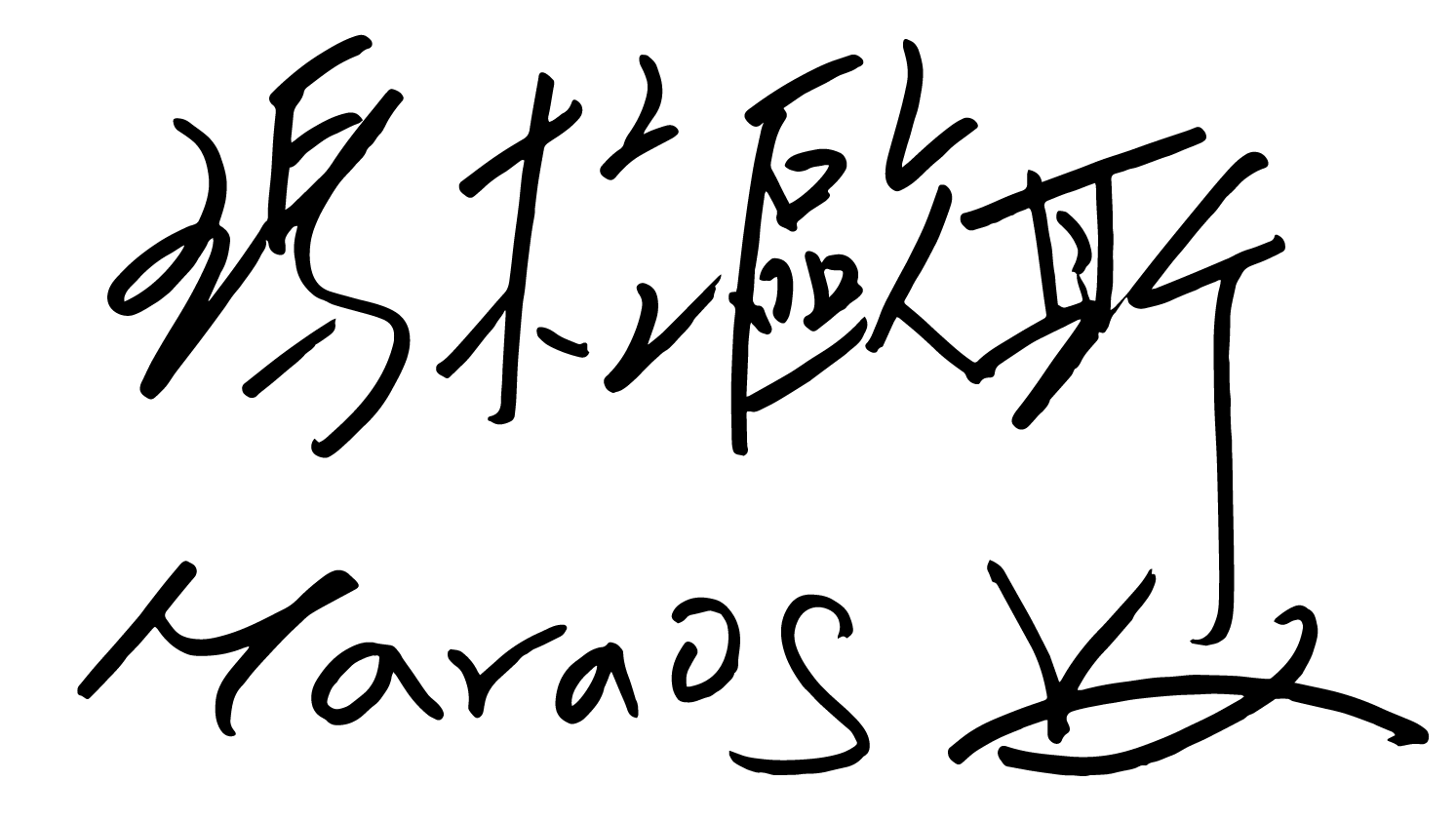o pimasawdan no makeykeylian a tao an, pangozayan o cireng no rarakeh do kabedbedam no asa ka ili a vazavazay; am sicyakwaya am, no siya mian do keymimili o malalavayo a tao an, da jia onongi o da powboten a cireng, ta yabo do ili o ya mapazzon sira a mapatowaw so pannakenakeman da, no mikownayan an, masazi rana o kakteb no vaza no asa ka ili. teyapia o pangaktoktowan no rarakeh, o malalavayo a tao am, sira macinadnad rana do pangangavangan, ori o na ipiciakatkat no da pangaktoktowan.
no patwawen o cireng no malalavayo am, rmanakem o kapanadnad so rarakeh do keymimilian. o ji macilovolovot do keylian a mangay do kabebbedan a vazay am, ji da patwatontona no kaylian o kapowbot so cirerg do ngoso no tao ya. no omrames do ngongyod a vahay am. mangay walamen o rarakeh, a omamizing so cirecireng da aka pacikaop do kaloalovotan a pamaremarengan so kanen no makeykeylian.
o malalavayo a too sicyakwaya am, ya teyapi o da pangozayan a sowey(數位化) aka no kompiyote, ta ya na ipipasngen no nakenakem no tao, tana sira miyan do rako a ili o malalavayo a tao an, apia o da ka pacingosongoso no vazay do ili, a sira makeykai a makamizing so ikoikod do ili, a yanbonkay sicyakwaya am, da ipilimwang o makakaday a vazay no malalavayo a tao, ori o da ipakacita do tizivi so vayo a pannaknakeman, aka no da papowen a mikamadada a apzapzatan no malalavayo a ta o.
da pakdengan no yanbonkay a ya amizingen o vazavazay no malalavayo, akman so ya mapatnek so vazay do ili, aka no ya mapangay sira do tivivi so da papowen a anoanood. no makwa am, pakayrasen a pangain do tizivi o da ikakza no malalavayo a ganam, ipipakatkat no teneteneng no tao sicyakwa ya, akaro no cireng a malavat da.
Traditional villages impose specific age rules and have their own systems to follow. It is always the village elders that provide opinions and make decisions on public affairs. However, when young people return to villages, they are faced with the predicament where they cannot voice their opinions freely. Some communities do not allow young people the decision making power and the right to have their say on public affairs, which will result in a community-based imbalance of power in the long run. In effect, elders are rich in wisdom and experience; young people are competent in competitive society; therefore, both parties should make an attempt to reach a consensus on getting the floor.
When voicing opinions, young people should also abide by the community traditions and customs. “Participation” is highly valued by indigenous communities. For instance, if a young person never takes part in river protection and ocean cleanup, but only expresses his thoughts in meetings, traditional villages will not accept the ideas proposed by such a person who does not live a collective life and who only stresses the importance of freedom of speech. In other words, after young people return to villages, they should not stay at home all the time. Instead, they have to be there; beside elders, to the site of ceremony, to the area of production in order to become part of the community. That is how young people’s opinions make sense and matter. The youth in deed are the assets, as well as the drive for better indigenous societies. This drive, nevertheless, needs to be propelled in the right way and by the support of traditional values.
In addition, young people nowadays are equipped with helpful tools, digital devices and the Internet. The Internet breaks the barrier of distance. Irrespective of living in cities, young indigenous people are still able to express their opinions on community issues or receive village information in real time. This year the Indigenous Peoples Cultural Foundation (ICPF) spared no effort to promote the new media platform designed for young people. This platform enables us to communicate cultural messages to the younger generation, or for the youth to show their talents. It caters to young people’s preferences for an instant, innovative way of communication.
The ICPF will continue to pay close attention to the issues about young people. For example, we have made a video about the return of young people and their struggle or included topics such as music or plays to grab their interests. Dance and sports favored by young people are on the list as well. We hope to encourage more communication amongst the younger generation.
Panirsirngen do yanbonkay
Chairman of the Indigenous Peoples Cultural Foundation





